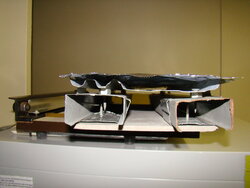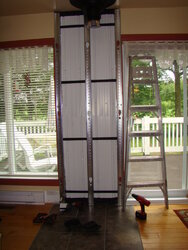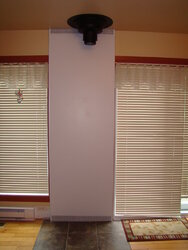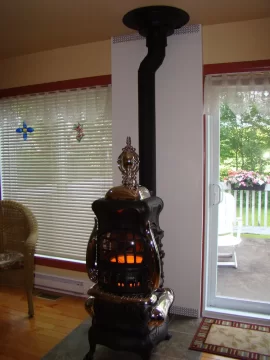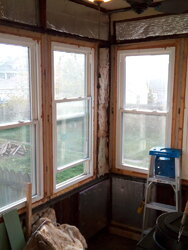Hello all I'm new here and from Chicago.
I have a pretty healthy love for wood stoves, antique stoves, and pretty much anything that I can cook on. Love cooking, and late last year we purchased our first ever wood stove. It was used and needed alot of love, after 2 months of hard work, and working with US stove, the little guy is restored, to a beautiful working standard. Looking forward to reading all that you have to offer!
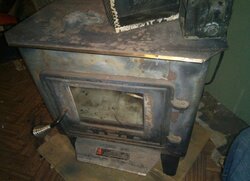
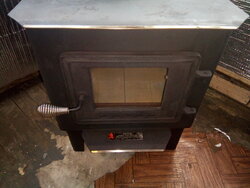
I have a pretty healthy love for wood stoves, antique stoves, and pretty much anything that I can cook on. Love cooking, and late last year we purchased our first ever wood stove. It was used and needed alot of love, after 2 months of hard work, and working with US stove, the little guy is restored, to a beautiful working standard. Looking forward to reading all that you have to offer!





